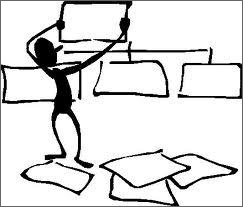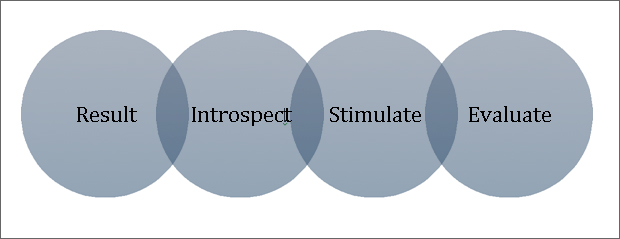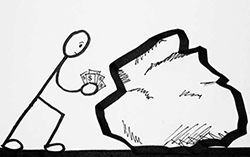A Coaching Model created by Rashmi Shetty
(Life Coaching, INDIA)
Rise up to wise up . T.F. Hodge
This quote is the reason behind a coaching process.
A coach is part sounding board, part cheerleader & part strategist to help the client in his journey forward. To reach the desired outcome therefore is this model called RISE. An acronym, which stands for:
R: Result – outcome
I: Introspect – examine
S: Stimulate – excite
E: Evaluate – assess
Result
The coaching session needs to have an outcome. It is important that the coach make it a value for time by stressing on the outcome. Sometimes the client walks in with no specific issues or with many at a time. It is important for both coach & client that there needs to be a RESULT. It makes it more specific & gives the process a direction. From whatever the client speaks it is important that the coach picks up the threads. Paraphrasing can be of immense help here. When the coach paraphrases for his own understanding, the client too will get clarity of things in perspective. That’s why Paraphrasing can sometimes help in setting up a RESULT.
Introspect
After finding out the outcome, INTROSPECTION becomes an important part of the process. Asking powerful questions, challenging questions & Reflective questions will in many ways make the client speak up. The power of silence is understood in this phase. The coach should give a lot of space to the client to explore what the client can see as options. The purpose behind the session may not be clear at the beginning sometimes. As coaches, if this questioning is done without intimidating the client, they could help in reflection process for the client, which may eventually lead to a break through. There needs to be a lot of clarification in this process.
Stimulate
A natural progression after the Introspection phase will be stimulation. The questions that have been clarified will now be reaching the stage of action. If the questions are valuable inputs in the previous phase, this stage is where it makes a huge difference. These questions need answers. There is hope because of this stimulation. Visualization can be used as it very powerful tool to take the client through the experience of fulfillment. The visualization can be a guided one so that the client may not wander too far off. Bringing them back to where they are seated is prime at the end of the Visualization. This stimulation can be of great significance to reach that AHA moment.
Evaluate
It is in this phase that you start getting an understanding of the final setting. The client can share the take away & any benefits. Another important part of the coaching happens here. The client can also be asked to summarize & share what is the action plan. This Evaluation process is what brings an understanding if the client is moving as desired. A scale of approximate measurement, for e.g., on a scale of 1-10 how do you rate yourself on the (appropriate issue). This helps client to see the tangible shift, which is a kind of measured feedback for the coach as well. With a commitment for action, the timelines in place the client can be made accountable for action. Once this is done the session can draw into a natural close.
Conclusion
 The RISE coaching model therefore can be used in all aspects in all forms of coaching & the simplicity & logical flow is what will make it easy to use. Each step therefore is interconnected. It is imperative to understand if each of the different steps has been followed.
The RISE coaching model therefore can be used in all aspects in all forms of coaching & the simplicity & logical flow is what will make it easy to use. Each step therefore is interconnected. It is imperative to understand if each of the different steps has been followed.
Moving forward is a choice you make & it is important to remember:
Rise up and be you. Your rise is your growth. Anita R. Sneed- Carter


